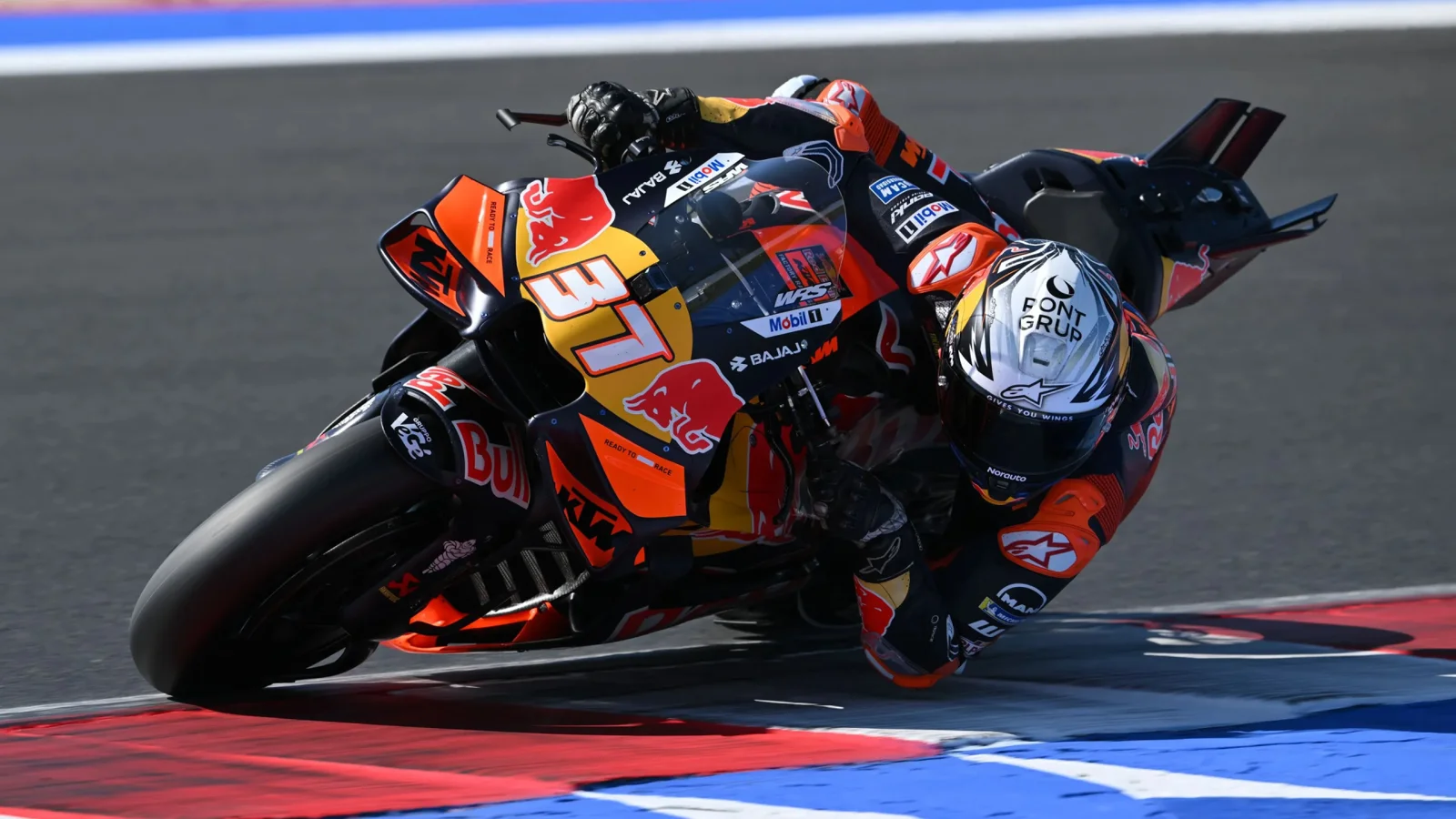During the recent Grand Prix of San Marino, MotoGP star Marc Marquez experienced a dramatic crash at the final turn, abruptly ending his near-perfect streak this season. The incident raised critical questions about whether the increasing cornering speeds on MotoGP circuits are putting rider safety at serious risk. This crash occurred as Marquez chased pole-sitter Marco Bezzecchi, signaling a tense moment in the sport’s ongoing struggle with balancing speed and protection.
The Rising Danger of High-Speed Cornering
Since joining Ducati in 2025, Marquez dominated every Sprint race this year except one in Silverstone, where his brother Alex edged him out. Expectations were high at Misano, but while attempting to overtake Bezzecchi, Marquez’s bike lost front grip in the final bend, forcing him into the gravel and into the inflatable safety barriers. This event was not isolated; earlier in the same weekend, Jack Miller and Joan Mir also faced perilous crashes near the track’s barriers, highlighting a broader trend of danger at high-speed corners.
Track Design Struggles to Keep Pace With Technology
The modern design of MotoGP bikes, equipped with advanced aerodynamics and cutting-edge tires, enables riders to take corners faster than ever before, but existing track safety features have not adjusted accordingly. Runoff zones created for slower speeds now prove insufficient as riders routinely approach barriers at alarming velocities. For example, Miller’s Yamaha ended up stuck beneath a protective barrier at turn 12, and Mir’s Honda barely avoided a severe collision at turn 9, an area notorious for its limited space.

Calls for Regulatory Changes and Safety Upgrades Intensify
With the frequency of these hazardous crashes increasing, pressure on MotoGP’s governing body grows. Proposed 2027 rules aim to reduce engine capacity to 850cc and impose aerodynamic restrictions to slow the bikes, but critics caution these adjustments may not fully address the root problem of outdated track infrastructure. Even with upgrades, venues like Misano retain sections too narrow for bikes traveling at such extreme speeds, underscoring the need for comprehensive safety improvements beyond technical regulations.
Industry Voices Urge Swift Action as Pressure Mounts
Former MotoGP racer and journalist Mat Oxley expressed urgent concerns regarding the sport’s priorities.
“When will the authorities actually realize the top priority for 2027 must be reducing cornering speeds to protect riders?”
he questioned, highlighting the tension between continual speed advancements and rider welfare. The MotoGP community, facing this safety crisis, must reconcile technological progress with the practical limits of human endurance and circuit design.
The Future of MotoGP Hinges on Safety Decisions Ahead
Marquez’s crash may initially seem a single episode in a season otherwise marked by dominance, but it symbolizes a growing crisis threatening the sport’s integrity and the safety of its athletes. As the governing body prepares for rule changes in 2027, the global audience and racing professionals alike await decisive steps to ensure rider security. The choices made in the near future will shape whether MotoGP can preserve its thrilling speed while avoiding catastrophic outcomes on the track.
